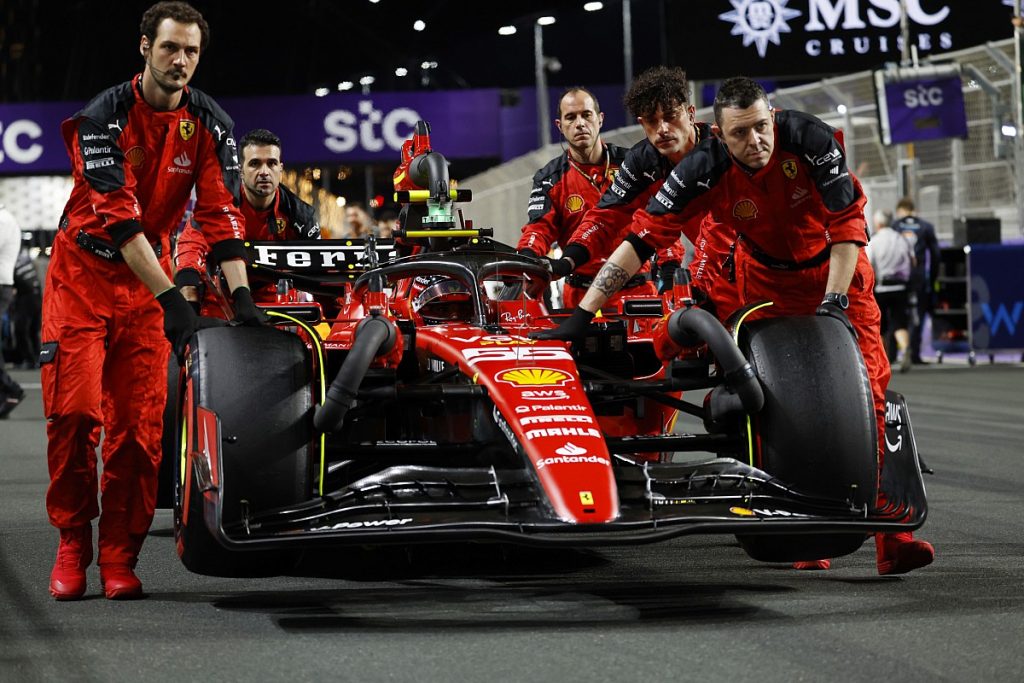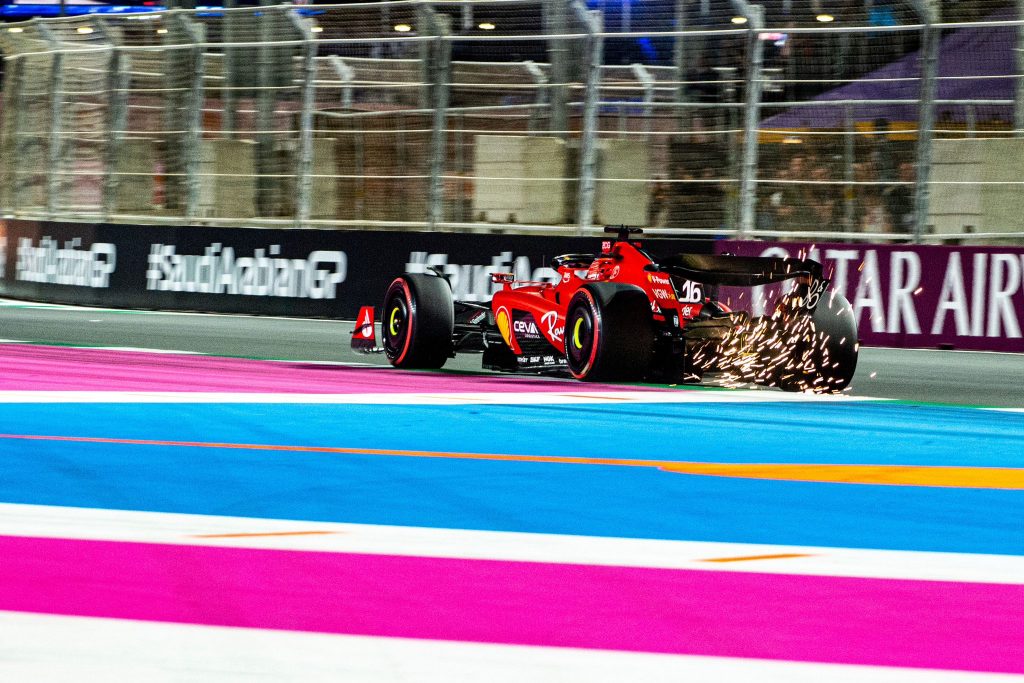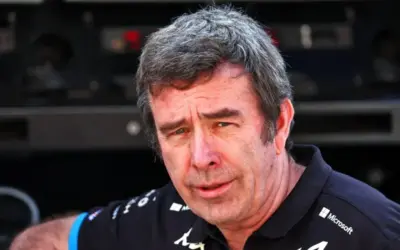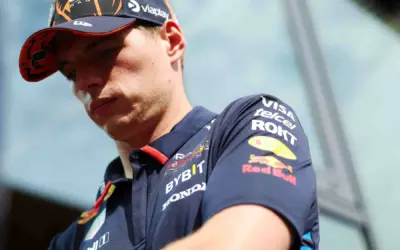The F1 winter break normally consists of rumours and speculation about development. Negative forecasts are rare, but so is Aston Martin’s success in matching the excitement surrounding the team in pre-season.
There is always a big step from promising simulator numbers translating on track, so winter speculation is always worth taking with caution. In modern F1, which features a budget cap and limited wind tunnel allocations, mistakes over the winter are even more costly.
“We wish we could build a new frame, but with the budget cap, it’s impossible,” Toto Wolff has explained.
“You can change the aerodynamics and the bodywork. This is certainly possible.”
Ferrari denies correlation problems, while Mercedes and AlphaTauri are very critical of their engineers
Franz Tost, AlphaTauri’s team principal, has spoken very harshly against his engineers: “The engineers told me of the great progress made during the winter. I have not seen any of this in Bahrain. I no longer trust engineers and data. From now on, I’m only interested in lap times.”
Benedetto Vigna, Ferrari CEO, was similarly optimistic about Ferrari’s 2023 car, which he described as “unprecedented in terms of speed.” Technically, he is correct – although probably not in the way he intended.
Then there is Mercedes, who, after a difficult 2022, wanted to give their ‘zeropods’ concept a last chance – albeit in a revised, less aggressive way:
“The data deceived us, they made us say that we would return to compete for the win and instead, we are still a long way from Red Bull,” said Toto Wolff.

On the other hand, Ferrari continues to deny there are problems between what is seen with Maranello’s tools and then on the track, i.e. that the SF-23 should have gone very fast, with Vasseur initially confident in a title challenge.
This seems unlikely, with the Ferrari SF-23 proving slower than Mercedes’ highly criticised W14 machine. In a direct response to Formu1a Uno, Vasseur denied any issues with correlations.
History seems to be repeating itself. Just last year, Binotto denied us that the mid-season technical directive was responsible for the F1-75’s drop in performance, which was quite significant after the summer break.
Is Ferrari the SF-23 simply slow, or difficult to optimise?
The Italian team arrived in Saudi Arabia confident that the issues in Bahrain would not repeat themselves, at least not to the same degree. The expectation was that Jeddah’s circuit would be more compatible with the SF-23’s characteristics.
Ferrari also introduced its first updates of the year, with a change to the front wing endplate and a new mono-pylon rear wing, alongside a beam wing that made its debut in testing. The floor has also been modified, although the specification was only tested in free practice before it was set aside.
Plenty of data was collected to help the Scuderia’s preparations ahead of the Saudi GP and better understand its package. Carlos Sainz has provided some commentary in this area:
“Before the weekend and after the second free practice, I thought we could be second fastest here in Jeddah.
“The last stint [on hards] shows that we are not where we want to be. Our tyre wear is even greater than that of Mercedes or Aston Martin,” explains Carlos Sainz.
Ferrari finished 35 seconds behind Red Bull by the chequered flag, a further 15 behind Aston Martin and 10 seconds from the first Mercedes. This was a disastrous race, given the pre-race expectation, with an SF-23 about 7-tenths slower than last year’s F1-75.
Plenty of this can be linked to the new Pirelli tyres. Fred Vasseur has already stressed the importance of tackling this area.
There is now a worrying similarity exists between the second half of last season and the beginning of 2023, i.e. a car performing well below expectations.

The important problem that Ferrari’s technicians and drivers face is maximising the SF-23. The team believes their project has potential, but they have been unable to show this so far:
“Today, we didn’t have the pace to do anything better. There wasn’t much more to the car.” Leclerc said post-race.
“We have some updates for Australia, but the biggest problem is that we can’t extract the maximum potential from the car,” Vasseur explained in a post-race conference. The implication here is that optimising Ferrari’s package is the key.
However, the question that really remains is this: Is the SF-22 just a slow car? We will no doubt return to this soon.
Author: Piergiuseppe Donadoni
Translation: Jaden Diaz-Ndisang





